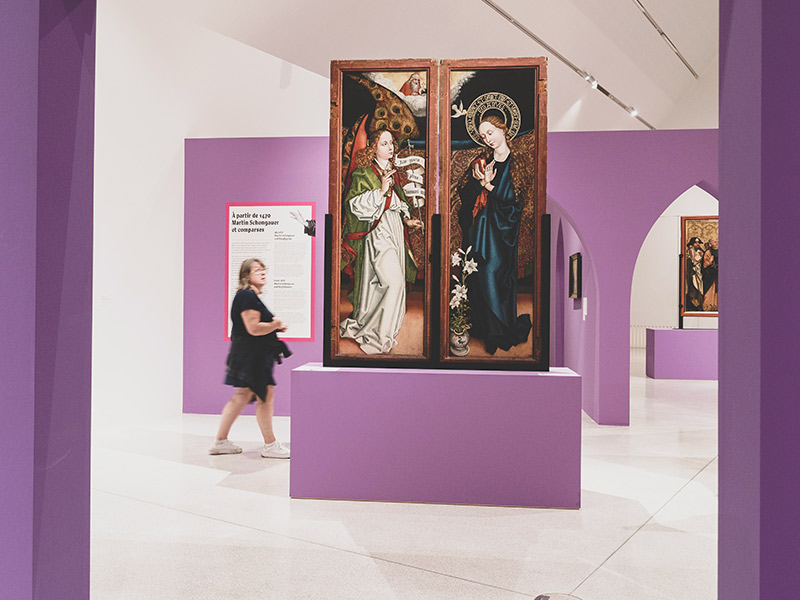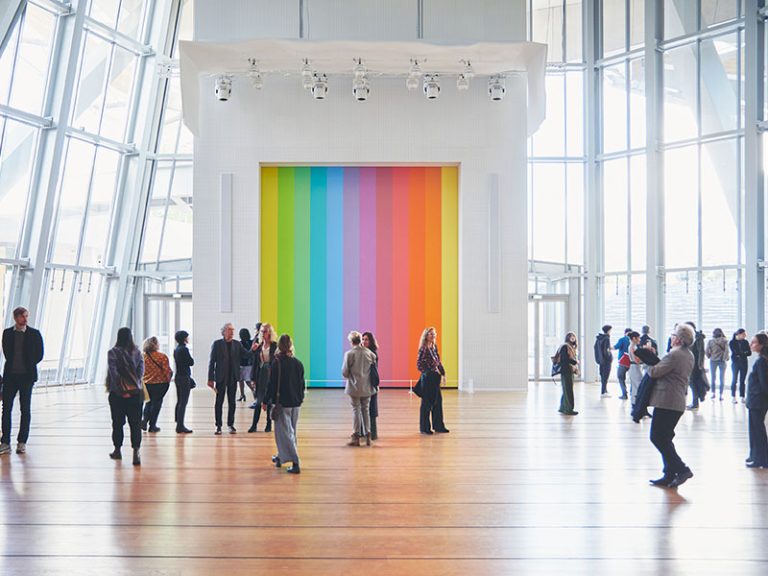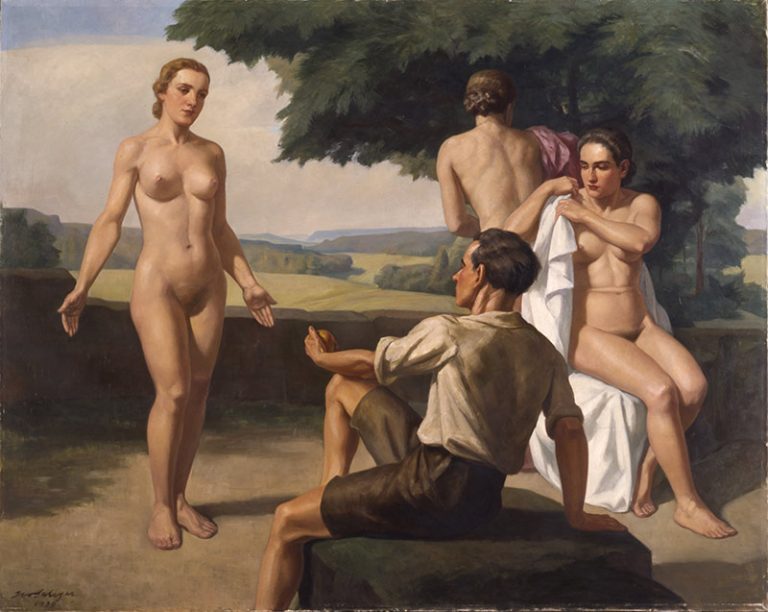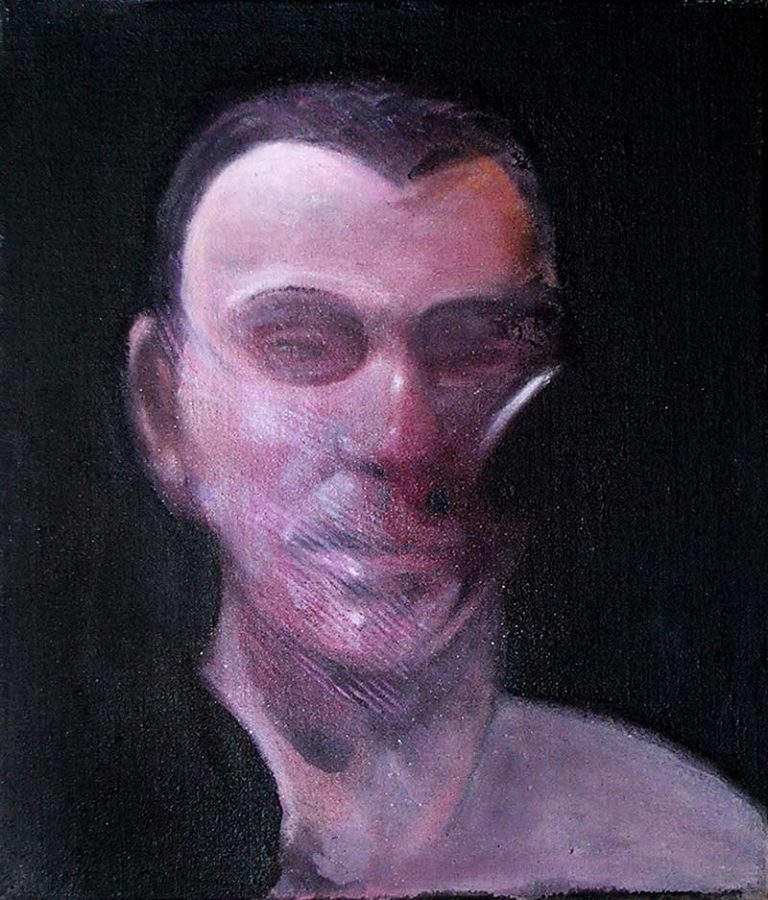Dijon, Besançon, Colmar. Indispensable as well as arbitrary: the work of thematic inventory of collections has become, since the Retif (Directory of Italian paintings in French public collections, 13th-19th centuries) and the development of databases, a central lever of research in art history. A means, rather than an end, allowing us to take stock of a corpus, by inviting researchers to delve into this updated data to identify avenues for work. Isabelle Dubois-Brinkmann accepts the arbitrariness: the curator, a resident of the National Institute of Art History (INHA), has been carrying out an inventory since 2019 with Aude Briau (doctoral student at the University of Heidelberg). Germanic paintings in French collections. To define the geographical area corresponding to this “Germany”, as well as the chronological boundaries (1370-1550), she had to decide; the corpus now lists some 500 painted works.
“They will come out of nothing a little”, rejoices the art historian, while these paintings are the subject of three exhibitions, at the Museums of Fine Arts in Dijon (Côte-d’Or) and Besançon (Doubs), and at the Unterlinden Museum in Colmar ( Haut-Rhin). These works benefit from a virtual rediscovery, much less studied than the Italian or Flemish paintings preserved in France. Not having been the subject of an acquisition policy on the part of museums, they arrived in French collections through chance, such as donations from collectors.
Lucas Cranach the Elder (1472-1553) and workshop, Portrait of Mary or Marguerite of Saxony (1534) presented in the Besançon exhibition.
© Lyon, Museum of Fine Arts / Alain Basset
A statement limited to two-dimensionality
The random, the arbitrary, it is on these limits that the three museums had to build their routes. By visiting the Dijon and Bisontine exhibitions, another frontier appears: that of the medium. Limiting a search to “paintings” makes sense in an inventory effort, but how does it work when we focus on the art developed in the Holy Roman Empire? In short, it is the question of the supposedly autonomous character of these paintings and their relationship to other forms of art that raises questions: wood sculpture, goldsmithing and painting must be considered as a whole. The model of Italian painting, in which the painted work was self-sufficient early on, is difficult to apply here.
In Dijon, the route opens onto two small portable gilded altarpieces, sculpted as well as painted. Then, a very good museographic trick, the staging of a large altarpiece in a moving play of light reproducing the original context allows us to support the questions of use and materiality of these paintings. This device capable of carrying the whole of the subject is unfortunately treated here as a “step aside”, in a course with a fairly academic division and without any apparent common thread.
At the Besançon Museum of Fine Arts, the “mono-medium” approach is more justified, with the exhibition only covering the first half of the 16th century. A beautiful room dedicated to the adaptations of Dürer’s engravings into large historical paintings begins a discussion on the circulation of models. The “picturo-pictorial” statement nevertheless appears reductive, relegating the Prayer Book of Maximilian Ier, opened on a page illustrated by Hans Baldung, with the status of epilogue of the exhibition, when it allows us to develop the issues of the commission, of studio work, while being a masterpiece rarely seen.
The organization of the Bisontine route is based – too easily – on two major figures (Cranach, Dürer), and all-purpose themes (portraiture, Renaissance influences), without offering any perspective on the singularities of this Germanic art. The most striking work of this tour, a portable triptych acquired in 2014 by the Rolin Museum in Autun (Saône-et-Loire), is well presented on all its very rich sides. The subject remains in two dimensions, unfolding a story of Nordic and Italian influences which nevertheless disrupts this intriguing object.
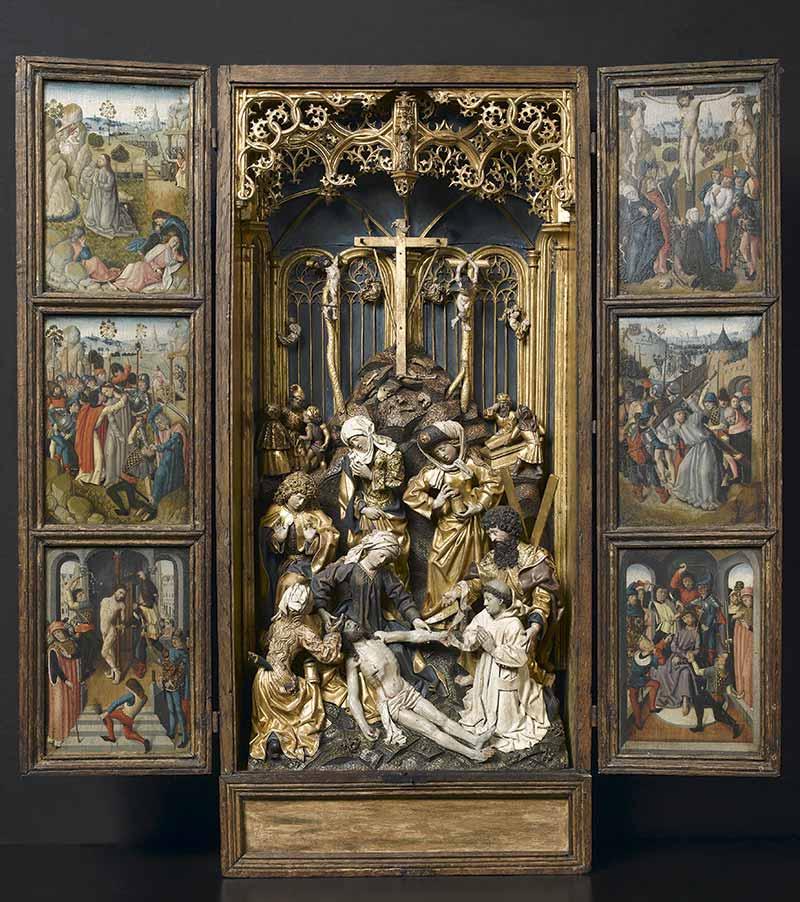
Master Arndt (? -1462), Altarpiece of the Passionaround 1483, work preserved at the National Museum of the Middle Ages in Cluny and visible in the Dijon exhibition.
© RMN-GP / Jean-Gilles Berizzi.
The recent restoration of the Isenheim altarpiece (Mathias Grünewald), which allowed the superb wooden sculptures to be reunited with the large painted panels, has surely acculturated the teams of the Unterlinden Museum to the material issues and the multidisciplinary aspect of Rhineland art. . And this is felt in the museography of the Colmar route, at the entrance to which we come face to face with a beautiful altarpiece of the Life of the Virgin, half-open to reveal the large golden sculpture which nestles there. The colorful and dynamic scenography, which provides great proximity to the works, as well as the mediation tools, restore these paintings to their status as objects. The digital devices thus retrace in a very didactic manner the order and creation of such an altarpiece, bringing together different trades.
“Color, glory and beauty”
It is also in Colmar that the exhibition ventures, even subliminally, into a commentary on the pictorial universe developed by the Rhineland painters. “Color, glory and beauty”, the title is already a gateway to this Germanic art: “We embrace this kitsch side, a particular aesthetic with which we must refamiliarize ourselves,” explains Camille Broucke, director of the museum. If the exhibition was not afraid to push the cursor a little far, in its titles, its graphic universe and its color codes, the attempts made in this direction remain too timid in Besançon and Dijon. The cartels remain confined, for the most part, to hypotheses of attribution and rapprochement between works: many ” maybe “ And ” probably “, in an “attributionist” approach that is hardly compatible with a general public course. By focusing on these attributions, which are legitimately at the heart of the inventory work, the exhibitions take up overly specialized debates and distance the visual shock created by these paintings. Hyper expressive, grotesque and humorous figures, unvarnished violence, exaggerated blood and drippings, almost anthropomorphic nature, omnipresent fauna and monstrous bestiaries, characters with a supernatural hieraticism, this is ultimately the universe that Germanic paintings show us, and on which the inventory approach remains silent.

